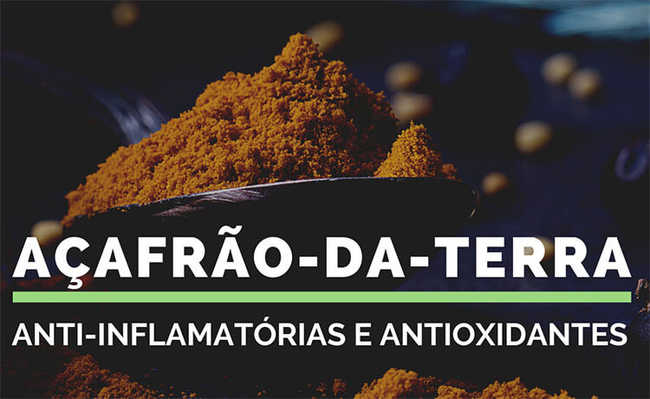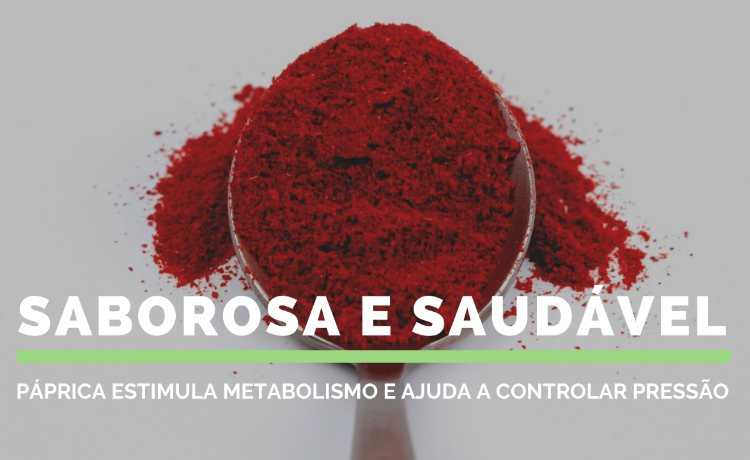What is nickel?
Nickel is a bioaccumulative toxic compound and poses risks in cases of high exposure

Dornicke image, licensed under CC BY 3.0
Even though it is the twenty-fourth most abundant chemical element on Earth, and can be found in plants, animals and even in the soil, nickel is included in the rule that excess is bad for you. As a strong, malleable, corrosion resistant transition metal that mixes well with other metals, its characteristics make it widely used in the creation of the most varied objects.
Nickel is used in more than three hundred thousand consumer products, with around 65% of the nickel produced being used in the manufacture of stainless steel, 20% in metals and non-metallic alloys, in specialized industries, and for military and aerospace purposes. , 9% in galvanizing and the other 6% in various items, including coins, rechargeable batteries, electronics, batteries, buttons, jewelry, faucets and many other things. Precisely because it is so widely used, the Nickel Institute (Nickel Institute) was created, a non-profit organization that represents the interests of 22 companies, which together are responsible for more than 75% of nickel production in the world.
the evils of nickel
The main routes of exposure to nickel are through the ingestion of food and drinking water. The small amounts of nickel absorbed in these acts is beneficial to the organism of the human species and other animals, but, being a cumulative toxic compound, when it exceeds a certain amount, it becomes a serious health problem, with risks of contamination. This contact with nickel makes us more sensitive to it, which can cause dermatitis and malformation of fetuses, such as anencephaly, in cases of high exposure. Cigarettes, few people know, have enough nickel to stand out as a means of significant exposure to this metal.
Nickel is named in Group 1 carcinogenic agents in research by the International Agency for Research on Cancer (IARC), and can cause cancer in the lungs, nasal cavity and paranasal sinuses. Some workers who accidentally drank water that contained 250 ppm nickel suffered from stomach upset, increased red blood cells and a kidney problem that caused protein in the urine to rise.
Despite this, it is difficult to say exactly how excess nickel would affect each person, as it depends on the amount of nickel ingested daily through food and drink, by the conditions of the country in which you live, due to the difference in the level of contamination, by the age and gender. It is proven that women are more sensitive to nickel than men, probably because of their greater exposure to jewelry and other accessories that contain the metal.
Nickel and the human body
When we breathe, eat and drink, we ingest nickel. Nickel-containing air carries the smallest particles to the lung, while the larger ones remain inside the nose. If they are very small, they can still enter the bloodstream; if the particles are in the form of water-soluble nickel, they will be more readily absorbable by the body.
Part of the nickel in the lungs can come out of it through sputum, which is the release of mucus caused by swelling of the body's mucous membranes, which can be spat out or ingested. If ingested, it will be added to the nickel in food and water in the stomach and intestine. Through contact with nickel, some particles may enter the bloodstream. This amount present in the blood, which can end up in any organ, tends to be concentrated in the kidneys, where it is eliminated in the urine along with the amount ingested in water, while the amount ingested in solid food is eliminated in the feces.
Impacts on the environment
There is an acceptable level of nickel that, if exceeded, can have severe consequences for all forms of life: from micro-organisms in the soil and seas to birds. Recognizing this danger, NiPERA (Association for Environmental Research of Nickel Producers) was created, whose main objective is to determine the safe levels of exposure of workers who have contact with nickel, of livelihoods as a whole and an adequate level present in the environment.
The extraction and mining of nickel also causes degradation and pollution of the environment. That's why there are initiatives that seek to reduce by 60% sulfur dioxide emissions in the smelting process and recover or recycle the waste generated in the refinery, and, in other cases, recover the land around the nickel mines through revegetation, reforestation process that consists in the recovery of degraded areas that have the surface soil layer removed.
Reuse of used nickel
The concern with nickel recycling is great on the part of companies, so much so that two of the main goals of the Nickel Institute are to promote nickel recycling and a sustainable future in terms of the component's impact on the environment. This recycling is done mainly by the stainless steel industry and is carried out through the addition of "second-class nickel", which are the materials used and that can be recycled, in the production of "first-rate", which are materials from mines.
care to be taken
Although present in many objects, food and air, the best method of prevention is to avoid excessive contact. For those already sensitive to nickel, it is even more important to minimize this type of contact as much as possible.
Glasses with plastic frames, cutlery and tools coated with alternative materials, such as rubber or even plastic, and steel or titanium jewelry are good options. There are also specialized jewelry stores that indicate whether a jewelry has nickel or not. In the case of internal buttons, you can cover it so that there is no contact. The Nickel Institute seeks to help with prevention by instructing in what situations nickel is used and how to minimize the risk of allergy.
About food, there are several that have nickel. Some examples of foods rich in nickel are: white, brown and green beans, lettuce, pineapple, oats, shellfish, peanuts, chocolate and walnuts. Who will really define what to eat and drink, will be the dermatologist who will evaluate the allergy.
Nickel in cell phones can cause contact dermatitis.










